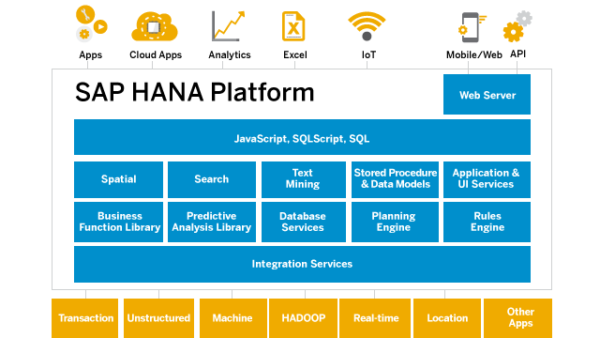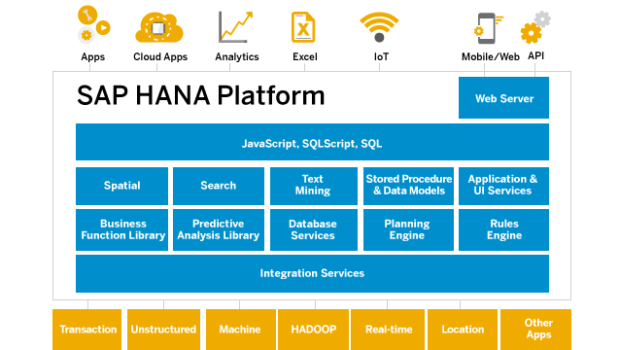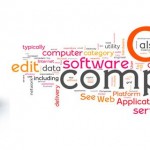Get Ready for Migrating to the Cloud
The ERP system for a company is at the heart of its business processes. The functionality that a system like SAP supports is critical and cannot be shut down during any migration efforts. There is also the need to preserve historical information on existing databases. For these reasons, transitioning an ERP database or operating system quickly becomes a challenging endeavor. It is even difficult to lay out a roadmap that fits every situation, since every company’s platform and path forward are unique. Below are some insights into moving to a SAP HANA cloud-based architecture.

Planning for Success
The initial part of any migration concept should be rooted in an evaluation phase. Making a business case for the cost, time and resources needed to make a transition may be a good place to begin. Possible topics that can be defined in the scope are performance gains, security enhancements and increased user efficiency. Another important factor is that SAP will eventually be dropping support for its legacy ECC-based platforms.
The second part of the evaluation should include goals for system functionality after migration. This may take some thoughtful planning and discussions but will create a smooth transition and prevent any backtracking that can delay implementation. You don’t want to start on a limited migration and then realize you may be missing out on additional important benefits that would be available with a cloud server.
Switching to the Cloud
There is no blanket strategy for moving from hosting on-premise to the cloud. This depends on each organization and the concepts developed in the planning phases. There are several cloud migration methods that can be utilized:
- Copy to the cloud. This is typically the simplest, quickest and most cost-effective option. It involves moving the current database and OS to the cloud. The drawback here is that you may be missing out on improved features by not doing a simultaneous upgrade.
- Database upgrade. While migrating to the cloud, this would also involve making upgrades to the operating system and database. An example would be changing to HANA to take advantage of the additional performance features and benefits.
- Upgrade everything. Being the most complicated method, the application, OS and database would also be transformed during the migration.
Whether migrating from an existing SAP system or beginning from scratch, the process of moving and maintaining all that critical data is complicated. Most companies will not be able to go it alone, so having a partner that has been through the experience before is crucial.















